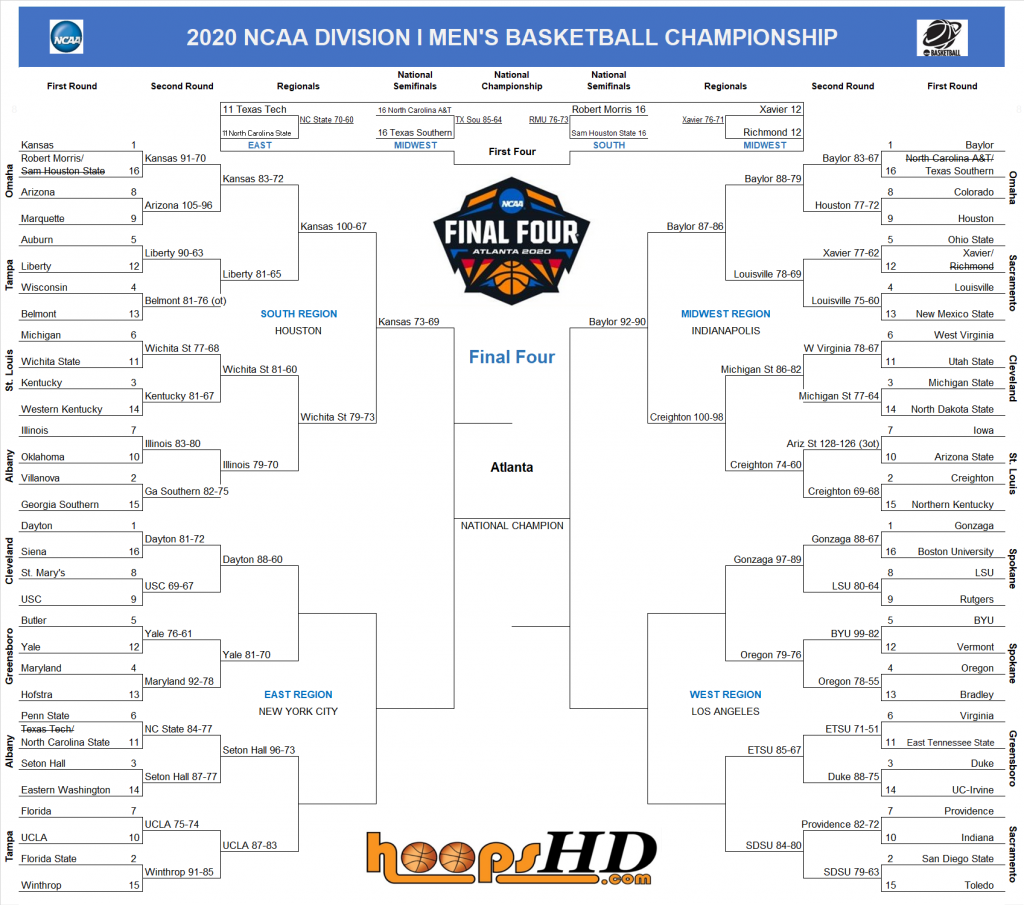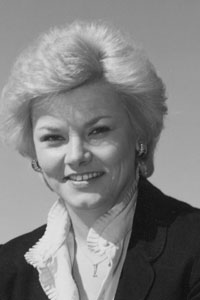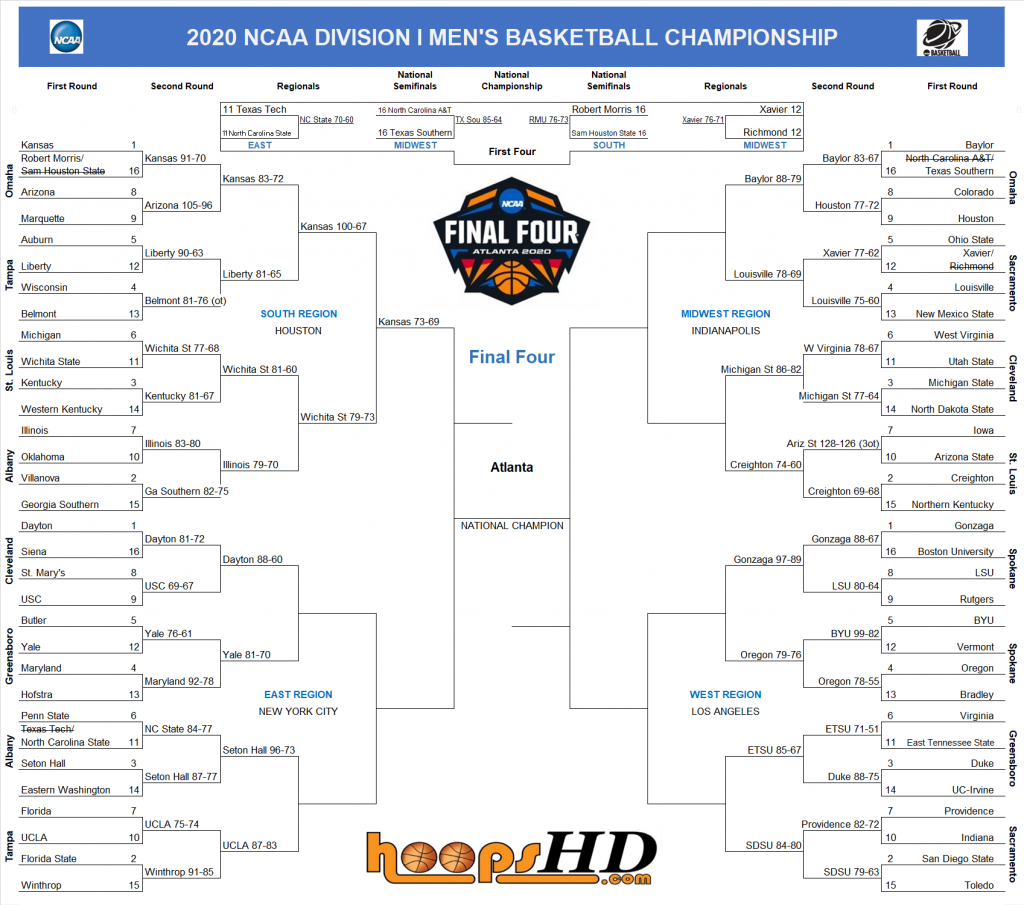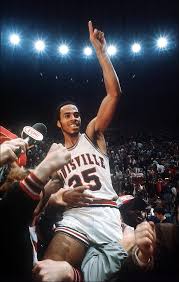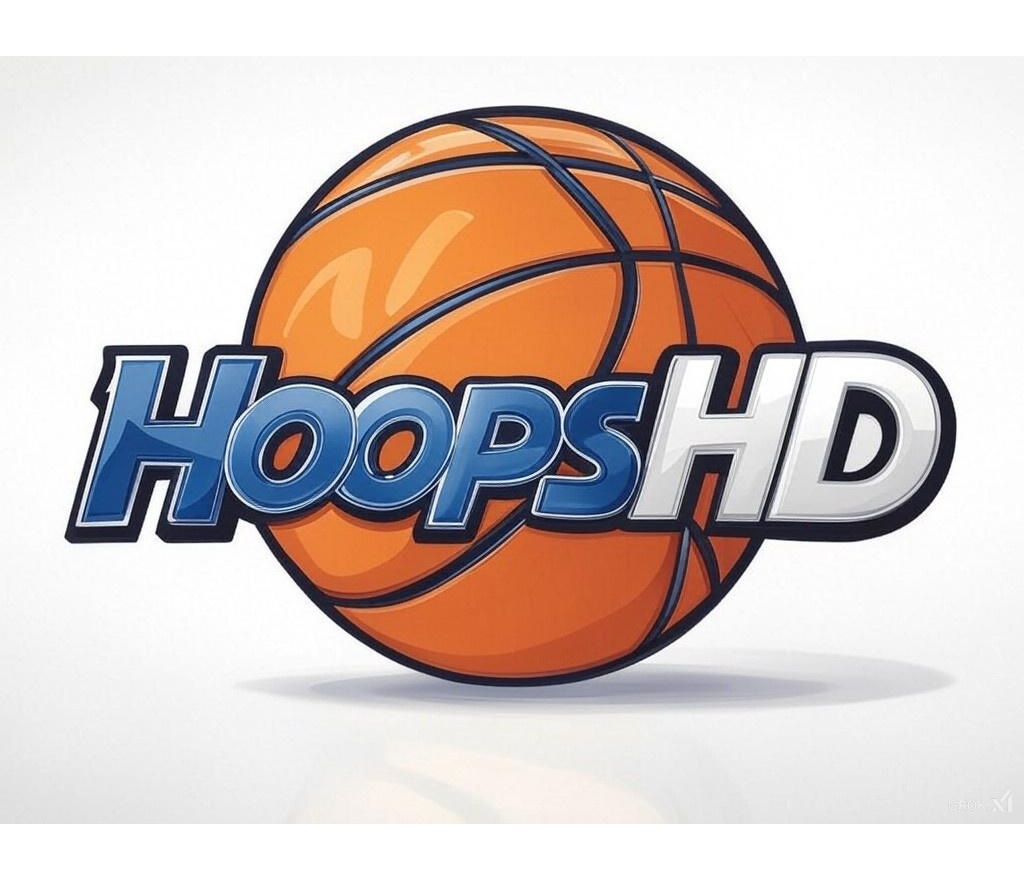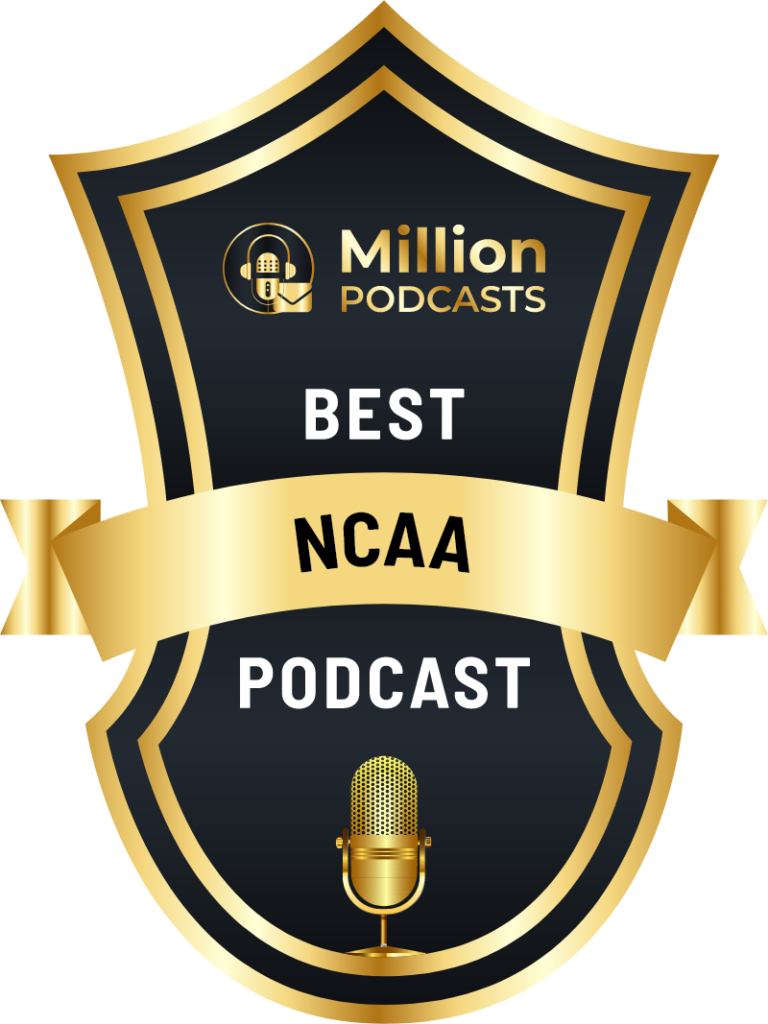HoopsHD continues its simulation of what would have happened in TTTW (The Tournament That Wasn’t). Up next it is time to award the third spot in the Final Four with the West Regional Semifinals and Finals. Top-seed Gonzaga enters play in Los Angeles looking to make #1 seeds 3-for-3 in the Regions, but first they must get past Oregon in the semifinal before having a shot in the final. The other semifinal features 11-seed East Tennessee State, the team that eliminated both Virginia and Duke, going up against a San Diego State team that could have been a 1-seed had a few balls bounced in other directions this season. Its is time to find out who is headed to Atlanta!
REGIONAL SEMIFINALS – WEST REGION – LOS ANGELES, CALIFORNIA
(1) Gonzaga vs (4) Oregon
Despite more than a handful of early round upsets, the South and Midwest Regions had both seen their 1-seeds advance to the Final Four already. The West Region is up next, and the Gonzaga Bulldogs were looking to make top-seeds three-for-three. Before the Zags could get a shot at the Final Four in the Regional Final, they had to first get past the top team this season in the Pac-12, the Oregon Ducks. Oregon had taken care of Bradley easily in the first round before surviving a tough test from BYU in the second. The Zags, on the other hand, had not struggled too much in eliminating both Boston University and LSU. This matchup, between two of the best programs in the Pacific Northwest, had a chance to be one of the best games of the Tournament so far. This was, after all, a rematch of a great regular season game played in the Battle for Atlantis back in November, won by Gonzaga 73-72 in overtime.
The Zags knew that Oregon was going to be one of the toughest foes they had faced all season, and that proved to be true when a late first half 13-4 run by the Ducks allowed them to pull out to a 48-39 halftime advantage. The Zags were far from done, however, and stormed back early in the second half to eventually tie the game at 60 with just under 11 minutes left to play. Neither team was able to make any serious push from there on out, and the game was still tied, now at 82 apiece, following a Chandler Lawson free throw from the Ducks with just 56 seconds left to play. After Oregon held defensively, Payton Pritchard came through for Dana Altman’s team on a short jumper to put the Ducks up by 2 with only 20 seconds left. Filip Petrusev had a chance for the Bulldogs but his fadeaway jumper missed with 12 seconds on the cock and the Zags had to foul. Oregon was able to go 4-for-4 on free throws in the final seconds and with that, the first 1-seed had fallen, and the Oregon Ducks, thanks to 22 points from Pritchard and a double-double from Shakur Juiston, were moving on to the Elite Eight.
Final Score: (4) Oregon 88, (1) Gonzaga 82
(2) San Diego State vs (11) East Tennessee State
The San Diego State Aztecs entered the West Regional semifinal with an overall record of 32-2 and eyeing a chance to go to the Elite Eight (and beyond that the Final Four) for the first time in school history. After surviving a tough battle from Providence in the second round, the Aztecs now had to match up against an 11-seed – but an 11-seed that had already knocked off two perennial powerhouses. East Tennessee State had started its shocking tournament run by ending defending-national champion Virginia’s season, and then promptly followed that up by knocking out the mighty Duke Blue Devils. Despite this being a 2 vs 11 matchup, it was by no means a given that SDSU would be able to easily advance.
The Buccaneers of ETSU had already proven they had the talent to win in the Big Dance, so it was no surprise at all that they hung tough with the Aztecs throughout the first half. In fact, neither team was able to open a lead of more than 4 points and the Aztecs went to the beak with a narrow 25-23 edge. The second half was just as tight, and with 5 minutes left to play it was still just a 2-point game, with San Diego State up 52-50. Tray Boyd came off the bench to nail a 3-pointer for the Bucs, who then watched Malachi Flynn go down the court and hit one of his own to keep SDSU up 55-53. Boyd promptly struck again from long range just 7 seconds later, only to see Flynn respond with a shot from just inside the arc to give the Aztecs a 57-56 edge. A pair of defensive stops helped San Diego State extend to lead to 5, but Boyd promptly came down and hit his third late clutch 3 to cut the lead back to 64-62 with 21 seconds left to play. After Kesha Johnson made only one of two free throws for the Aztecs, the Bucs had a chance to tie, and of course fed the ball to the red-hot Boyd. This time he missed, San Diego State secured the rebound, made one more free throw, and escaped with a thrilling 66-62 win. Malachi Flynn led his team in scoring with 20 points, and the Aztecs were on to the Elite Eight and a date with the Oregon Ducks.
Final Score: (2) San Diego State 66, (11) East Tennessee State 62
REGIONAL FINAL – WEST REGION – LOS ANGELES, CALIFORNIA
(2) San Diego State vs (4) Oregon
The stage was set in Los Angeles for the West Regional Final between the 2-seed San Diego State Aztecs and the 4-seed Oregon Ducks. Both teams had fought hard to reach this point, pulling out tough nail-biters in their second round and regional semifinal games. For one of these two teams, a trip to the Final Four and a national semifinal game against the Baylor Bears was waiting. For the other, nothing would be left except for a trip back home and an offseason to ponder what could have been.
San Diego State was playing in its first-ever Elite Eight game with a shot at a first-ever trip to the Final Four. The Aztecs came out showing that they wanted to make that trip to Atlanta, fighting off the Ducks throughout the first half and eventually building a 56-48 halftime lead. Despite extending the lead to as many as 10 early in the second, Oregon had a ton of fight left in them. The Ducks were able to tie the game at 73 with just over 9 minutes left to play and took an 84-82 advantage into the final minute. That was when Oregon really clamped down defensively, and after each strong stop made their free throws. When the dust settled, Oregon had won 91-84 and punched their ticket to the Final Four in Atlanta. Payton Pritchard had another dominant game for his team, scoring 28 points in the victory.
Final Score: (4) Oregon 91, (2) San Diego State 84


